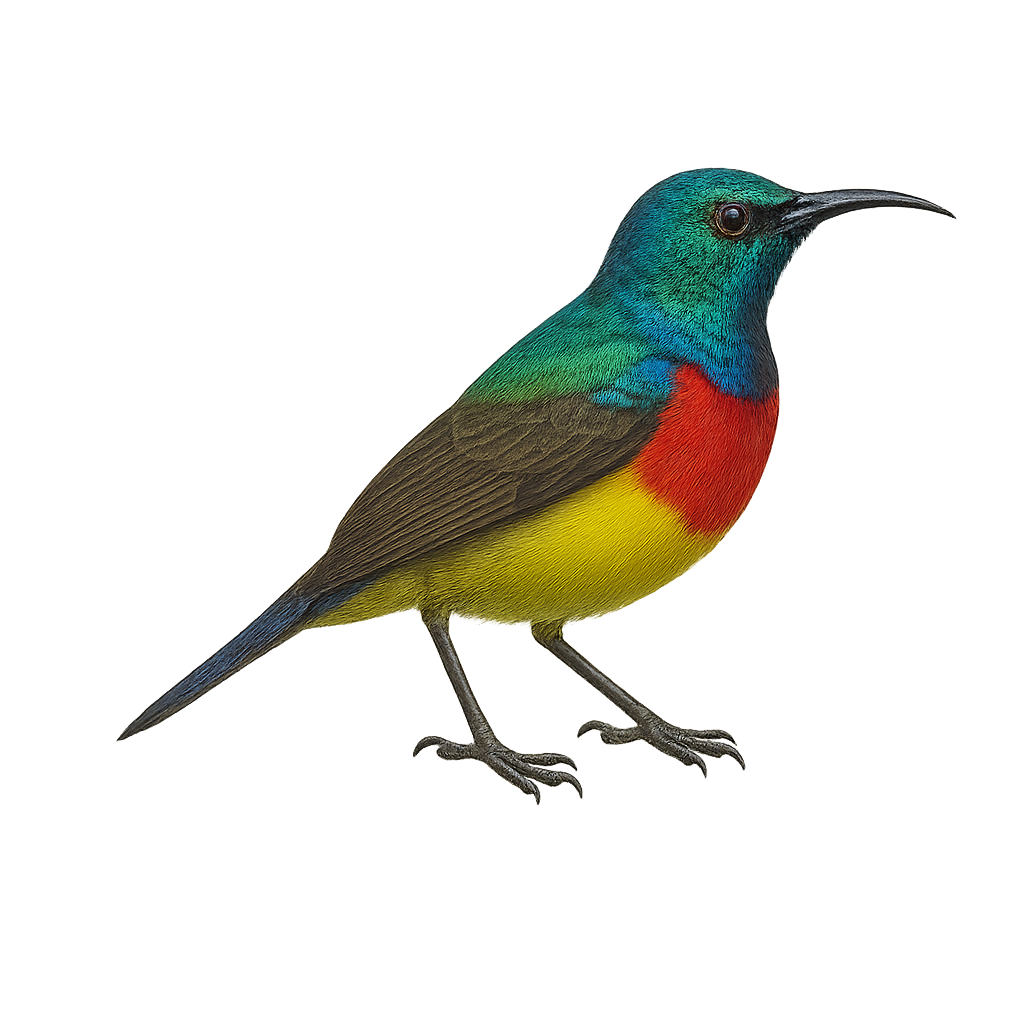Your wildlife photography guide.
Explore the regal sunbird in detail, study its behavior, prepare your shots.
Where to observe and photograph the regal sunbird in the wild
Learn where and when to spot the regal sunbird in the wild, how to identify the species based on distinctive features, and what natural environments it inhabits. The WildlifePhotographer app offers tailored photography tips that reflect the regal sunbird’s behavior, helping you capture better wildlife images. Explore the full species profile for key information including description, habitat, active periods, and approach techniques.
Regal Sunbird
Scientific name: Cinnyris regius

IUCN Status: Least Concern
Family: NECTARINIIDAE
Group: Birds
Sensitivity to human approach: Suspicious
Minimum approach distance: 5 m
Courtship display: February to April
Incubation: 13-15 jours
Hatchings: February to May
Habitat:
Tropical forests, subtropical forests, savannas
Activity period :
Primarily active during the day, with peak activity in the morning and late afternoon.
Identification and description:
The Regal Sunbird, Cinnyris regius, is a small African hummingbird-like bird known for its vibrant colors. The male displays a dazzling plumage with shades of metallic green, blue, and red, while the female is more subdued with brown and green tones. This nectarivore is commonly found in tropical and subtropical forests, feeding primarily on nectar, but also on insects and spiders. Its slender, curved beak is perfectly adapted to reach the nectar of flowers. The Regal Sunbird is an active and agile bird, often seen flitting from flower to flower, playing a crucial role in the pollination of plants in its habitat.
Recommended lens:
400 mm – adjust based on distance, desired framing (portrait or habitat), and approach conditions.
Photography tips:
To photograph the Regal Sunbird, choose early morning hours when the light is soft and bird activity is at its peak. Use a telephoto lens of at least 400mm to capture precise details without disturbing the bird. Be patient and discreet, hiding behind foliage or using a blind. Pay attention to the flowers it frequents to anticipate its movements. A tripod can be helpful to stabilize your camera and achieve sharp images.
The WildlifePhotographer App is coming soon!
Be the first to explore the best nature spots, track rutting seasons, log your observations, and observe more wildlife.
Already 1 449 wildlife lovers subscribed worldwide

